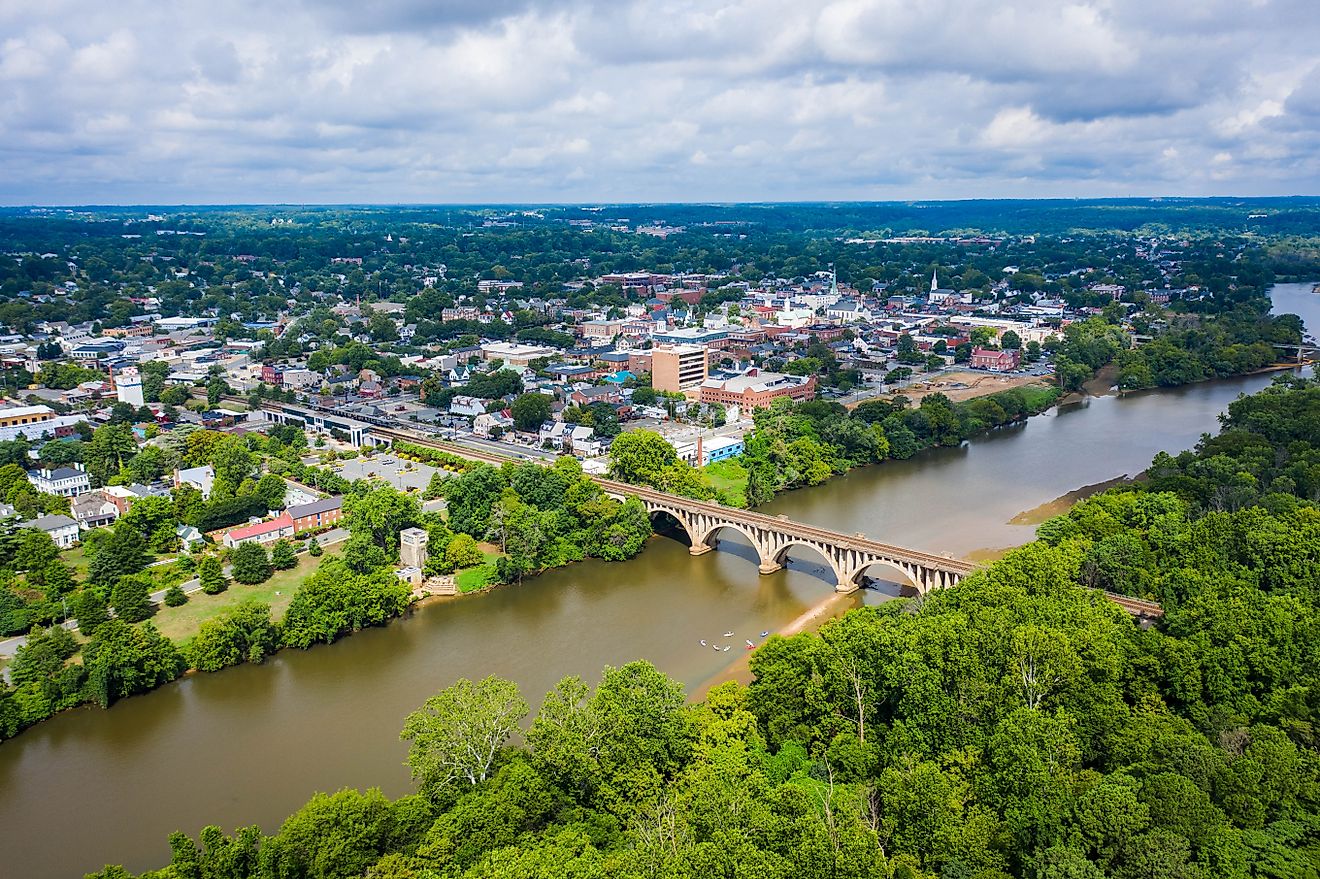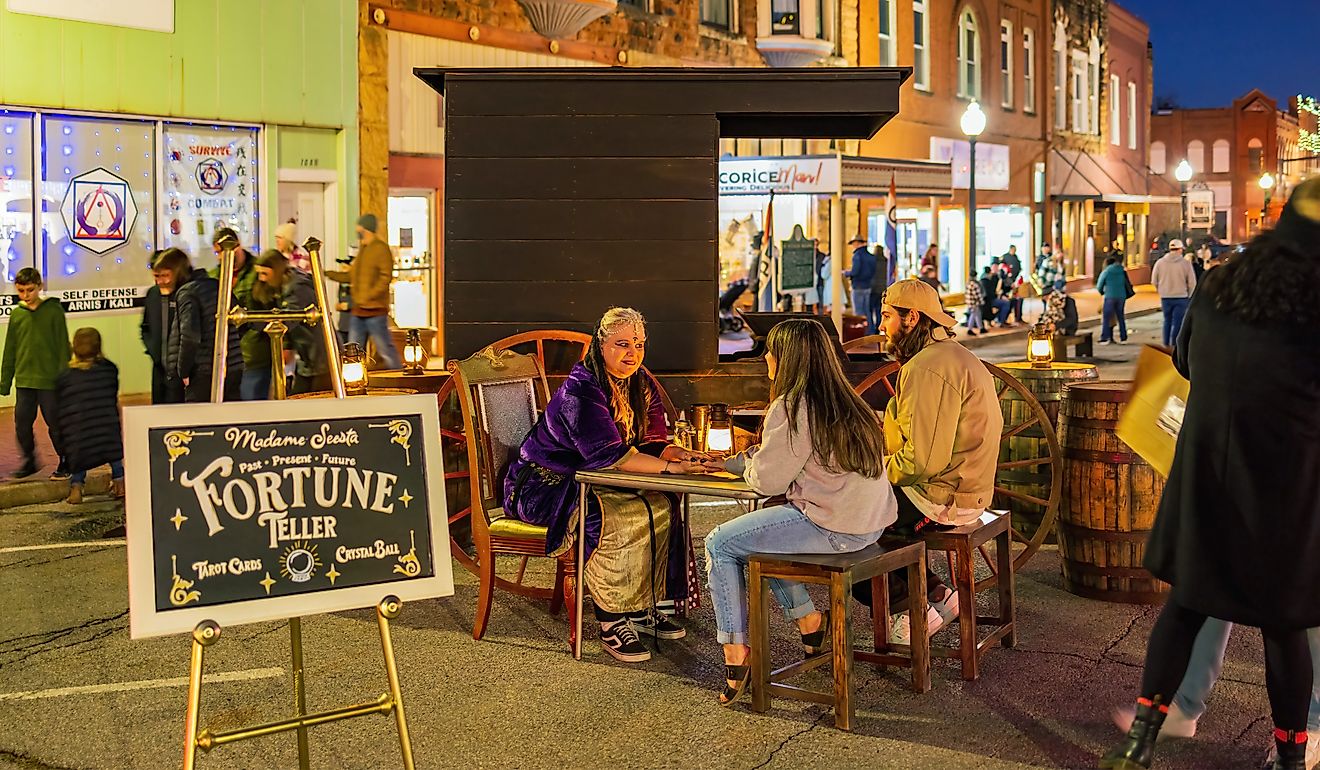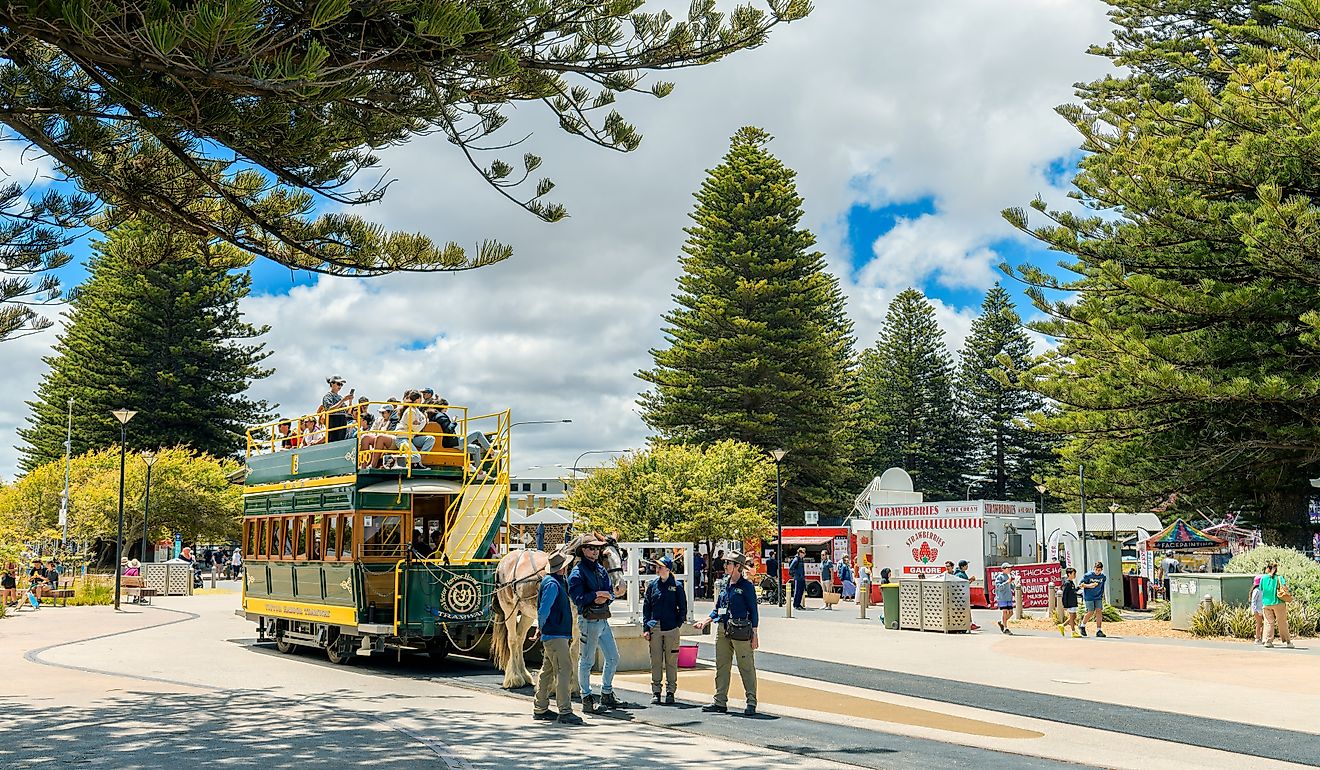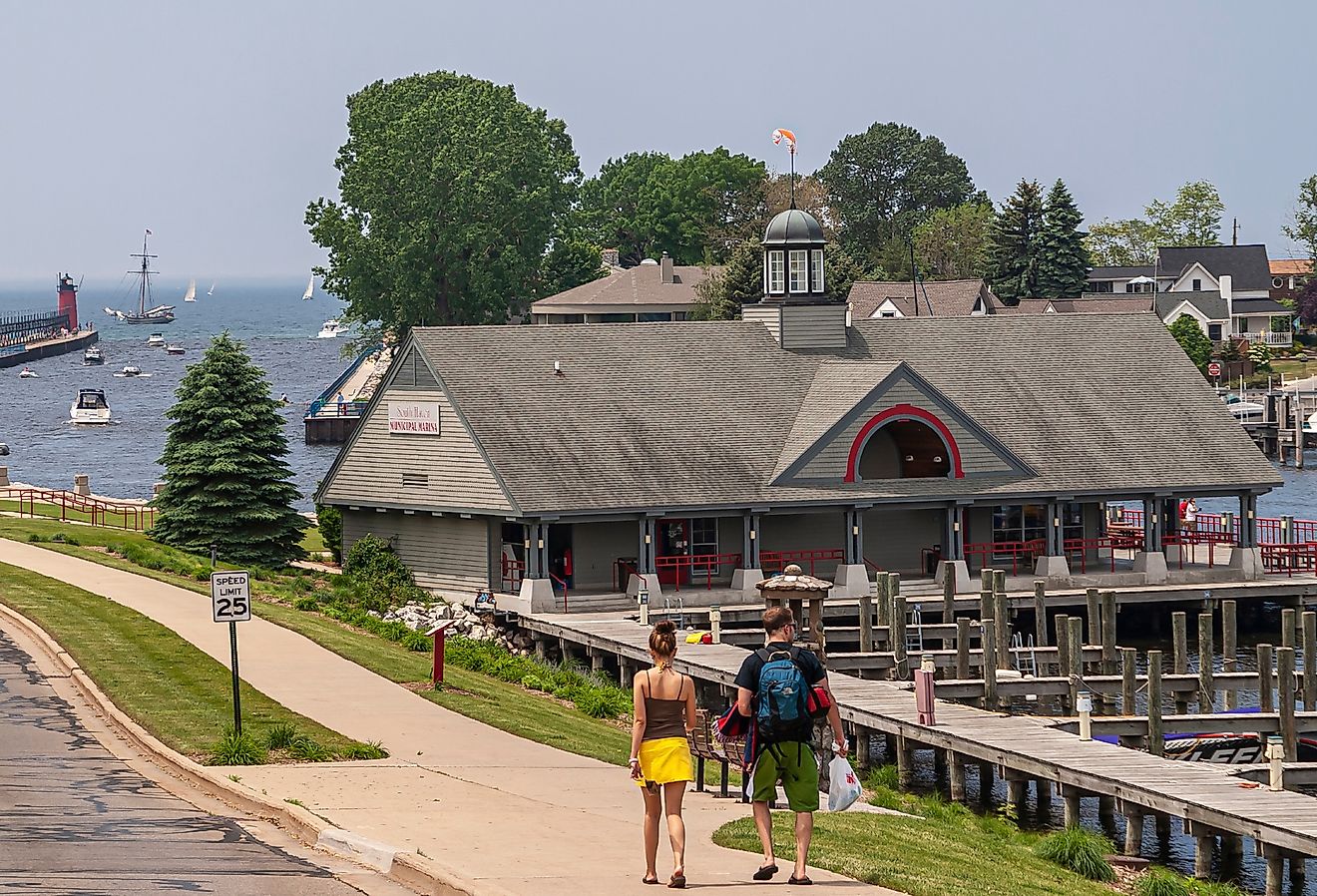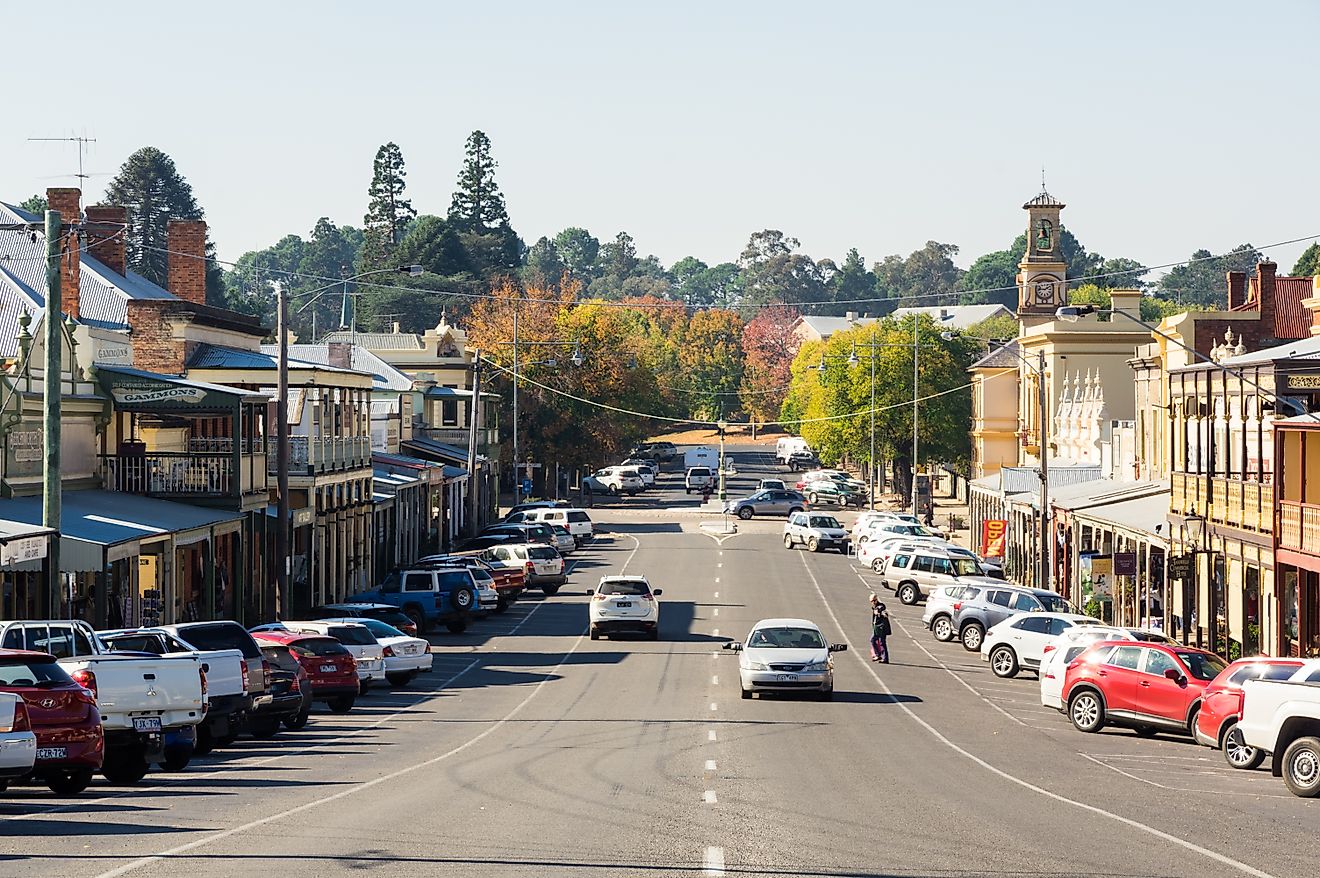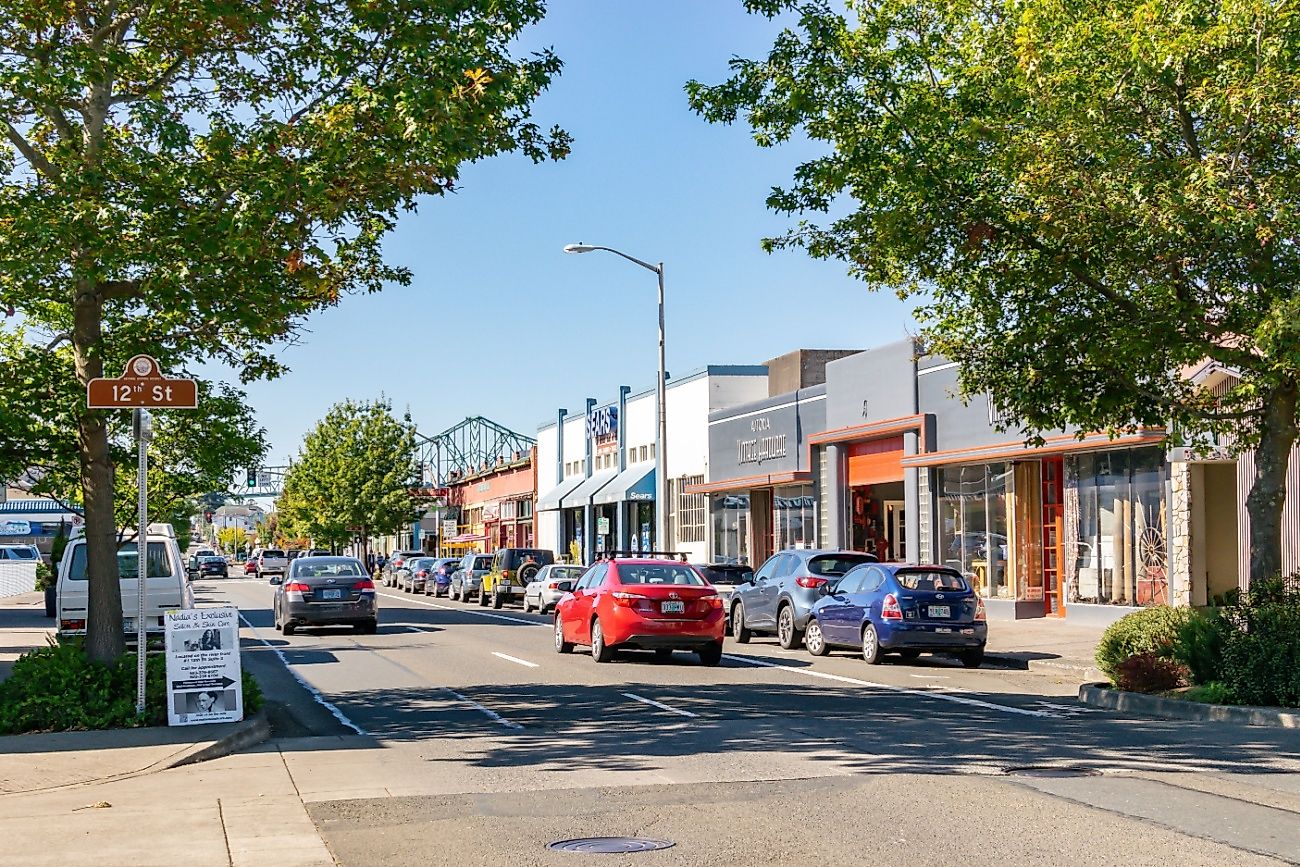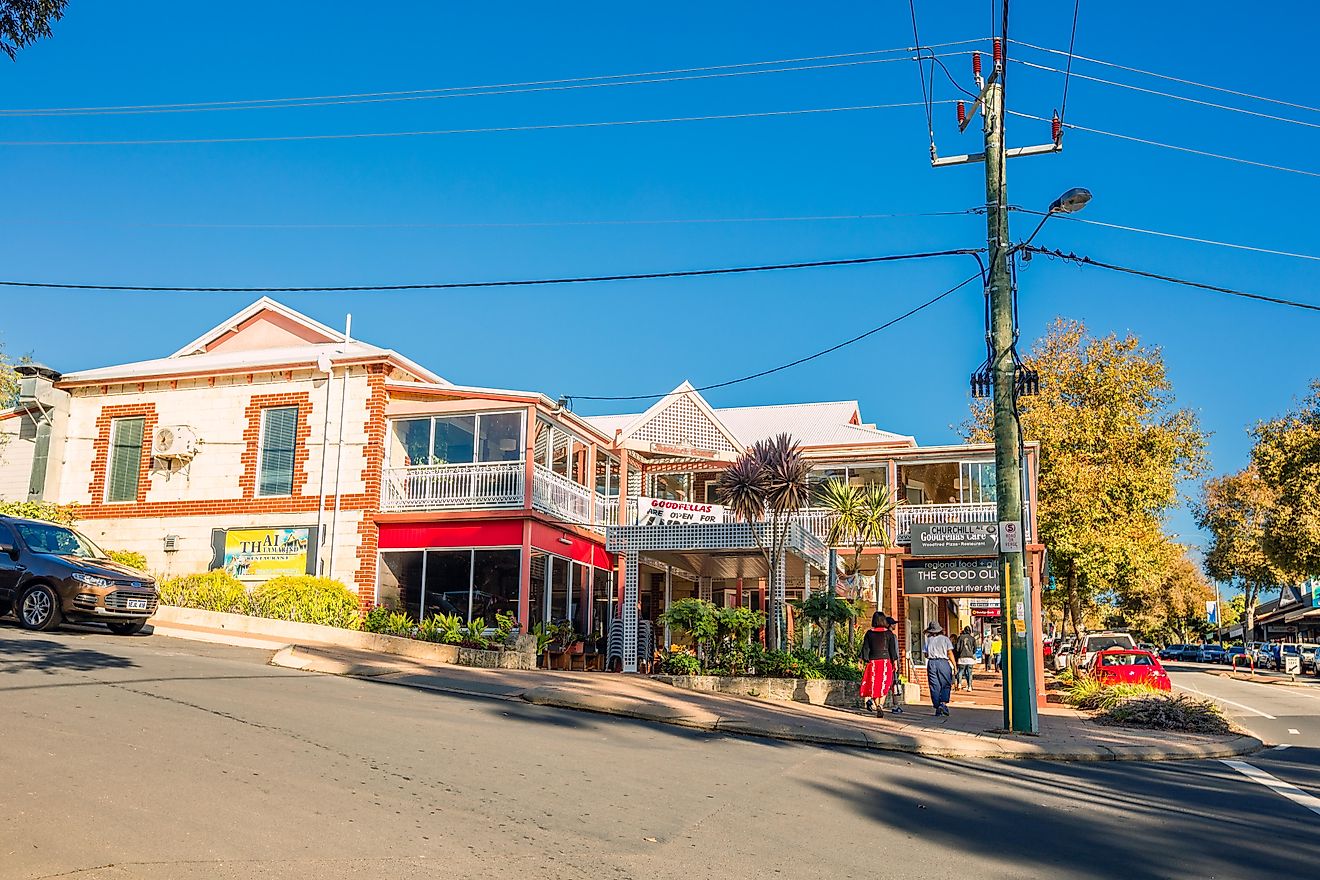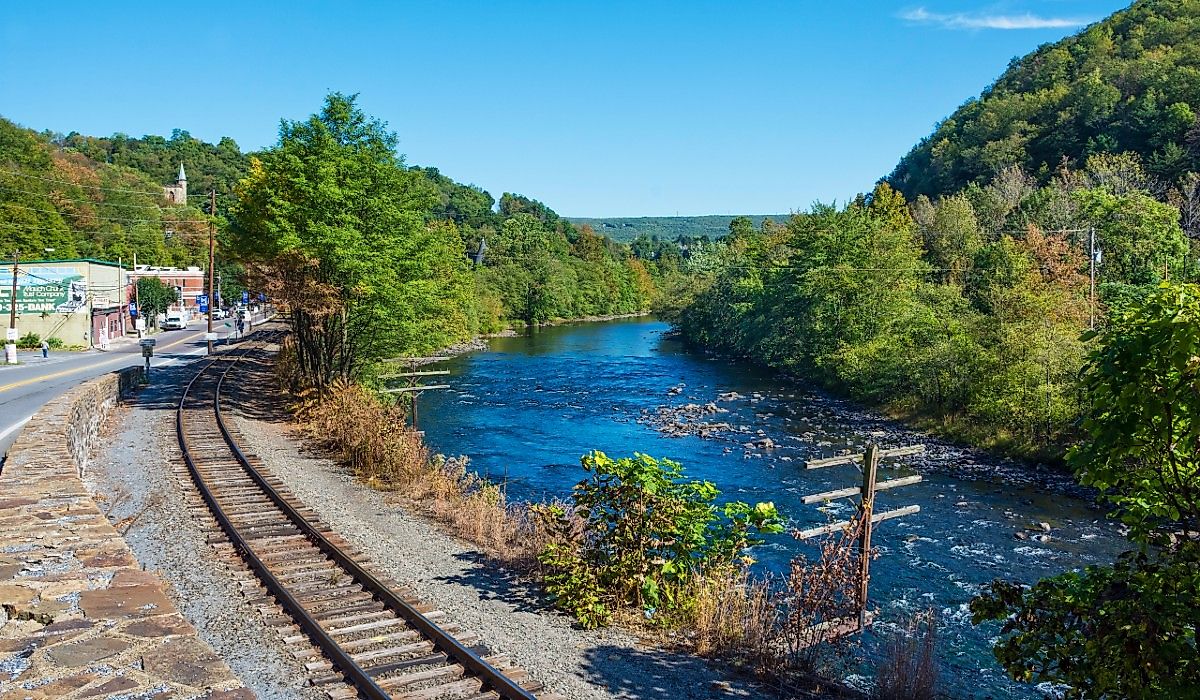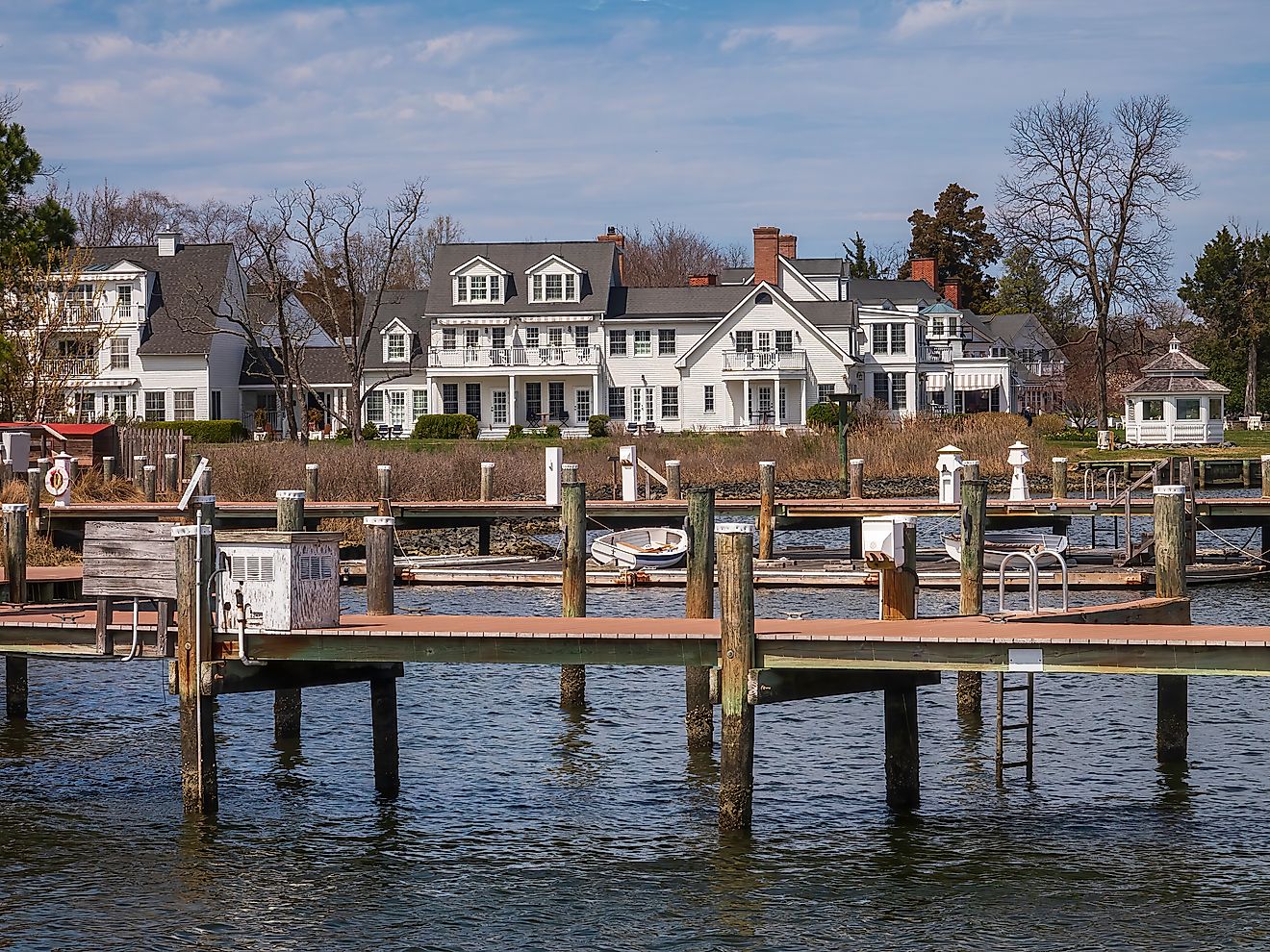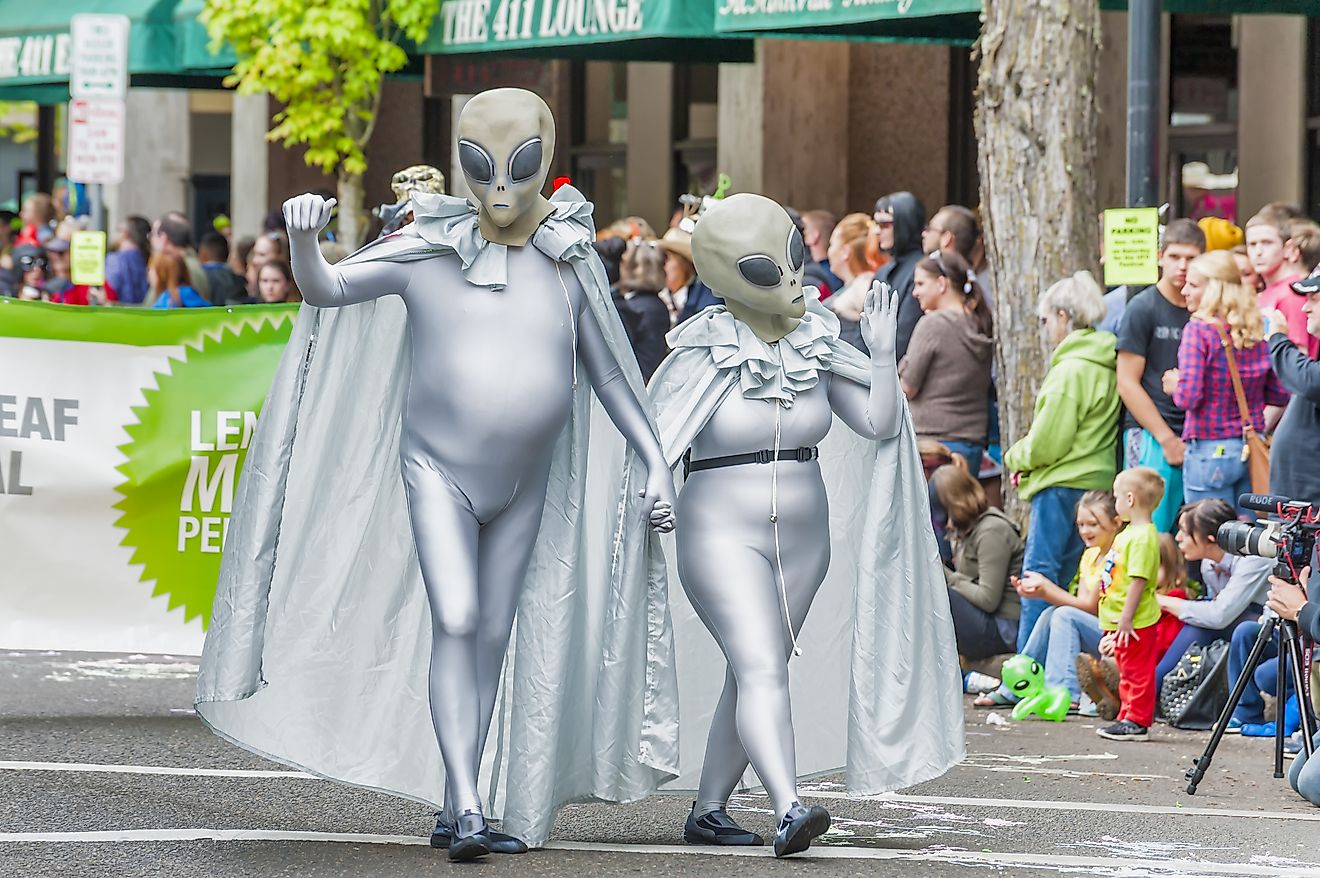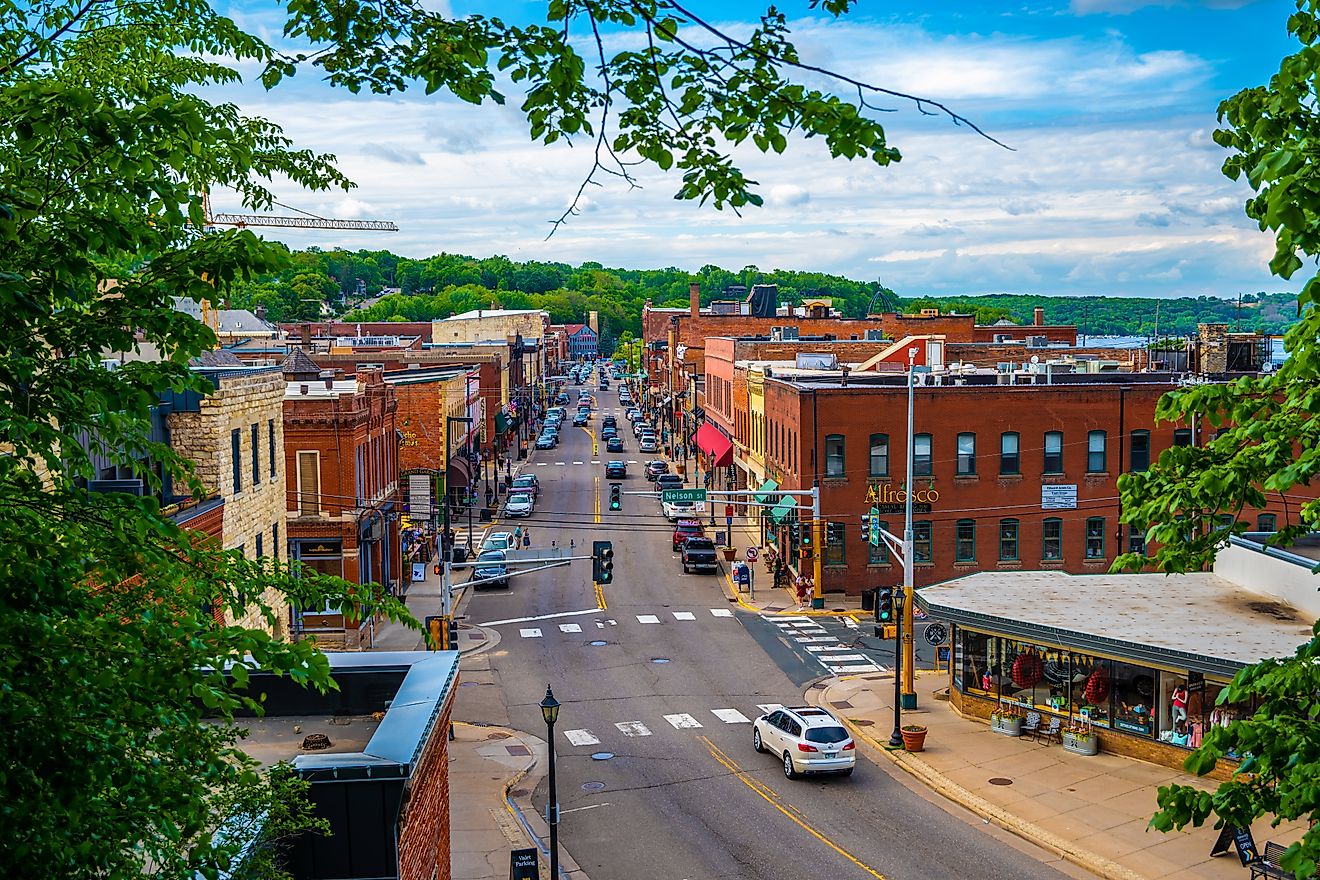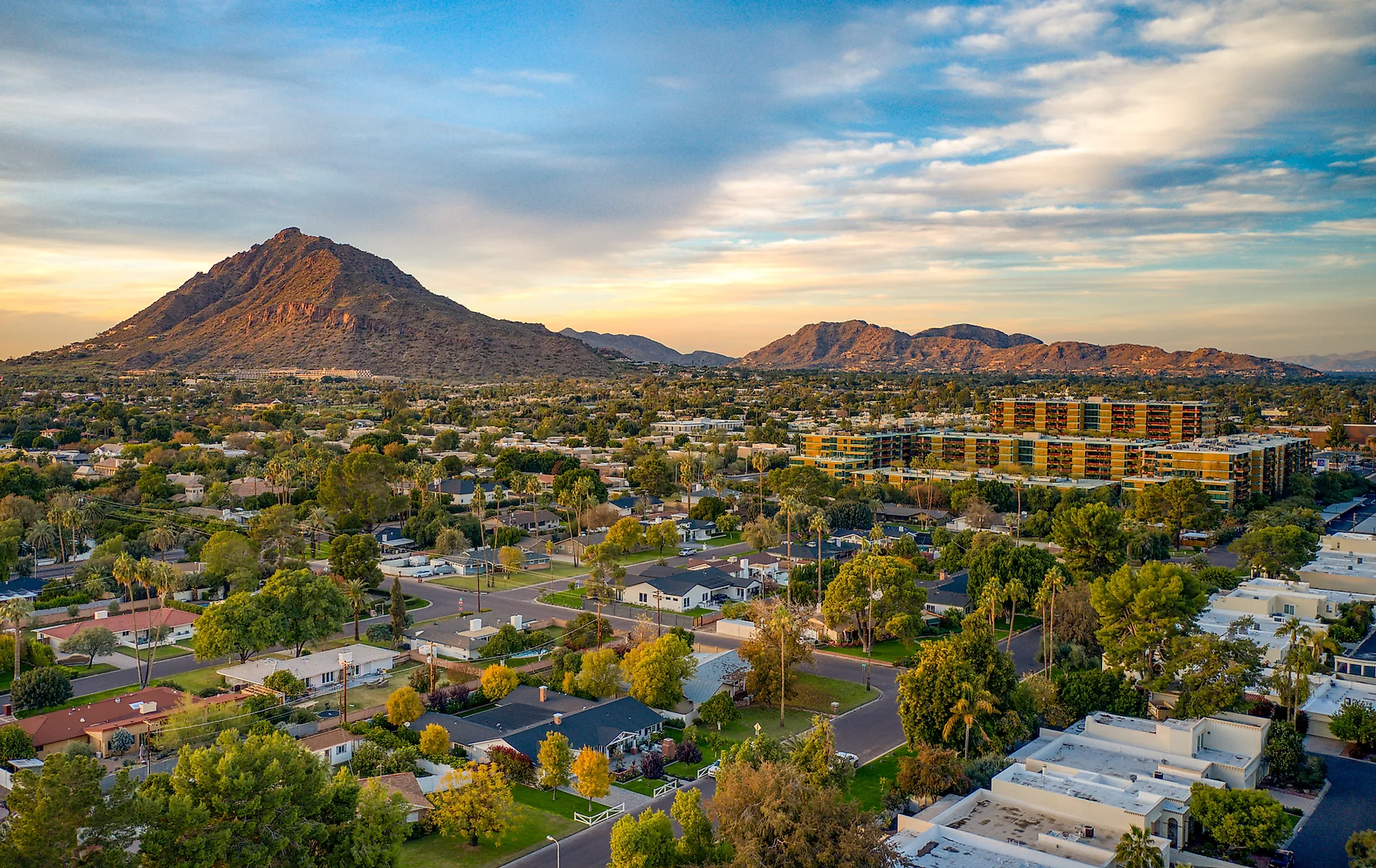
Scottsdale, Arizona
A part of the Greater Phoenix Area, Scottsdale, Arizona, is one of the state’s fastest-growing municipalities. With of population of just over 240,000 in the 2020 Census, this city in Maricopa County is a convenient 20-minute drive from Phoenix’s city center.
Geography And Climate Of Scottsdale
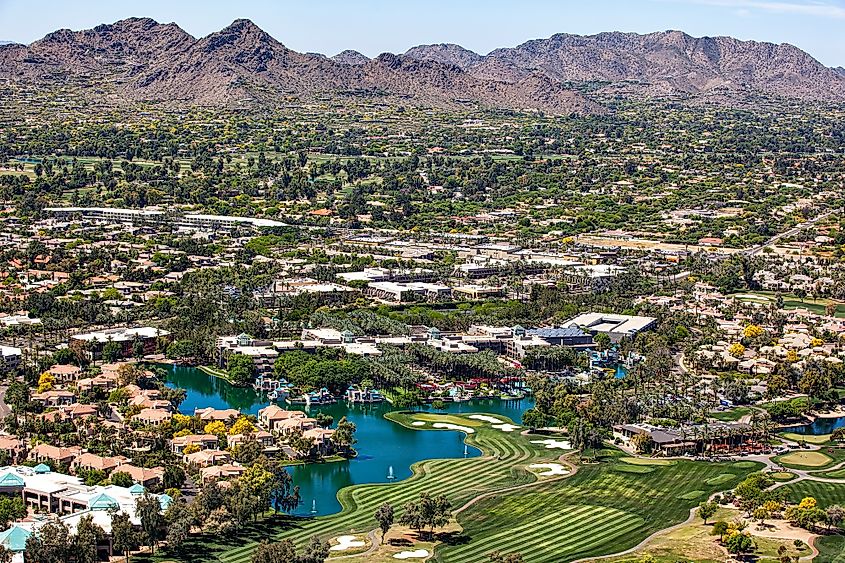
Scottsdale is ocated in the Salt River Valley (also known as the Valley of the Sun), at the northern point of the Sonoran Desert. To the west, Scottsdale is bordered by Phoenix and Paradise Valley, the Tonto National Forest in the North, and the city of Tempe in the South; the Salt River Pima Maricopa Indian Community also lies along the southern boundary of the city. The highest point in Scottsdale is Butte Peak, with an elevation of 4, 890 ft!
Scottsdale boasts an arid desert climate; winters are mild to warm, while summertime is typically extremely hot. Average highs in the summer are 40 C (103 F), with 20 C (70 F) in the winter months of January to March; the lowest recorded temperature was -8 C (16 F) back in January 1913, while the hottest ever observed was 50 C (122 F) in July 1990!
History Of Scottsdale
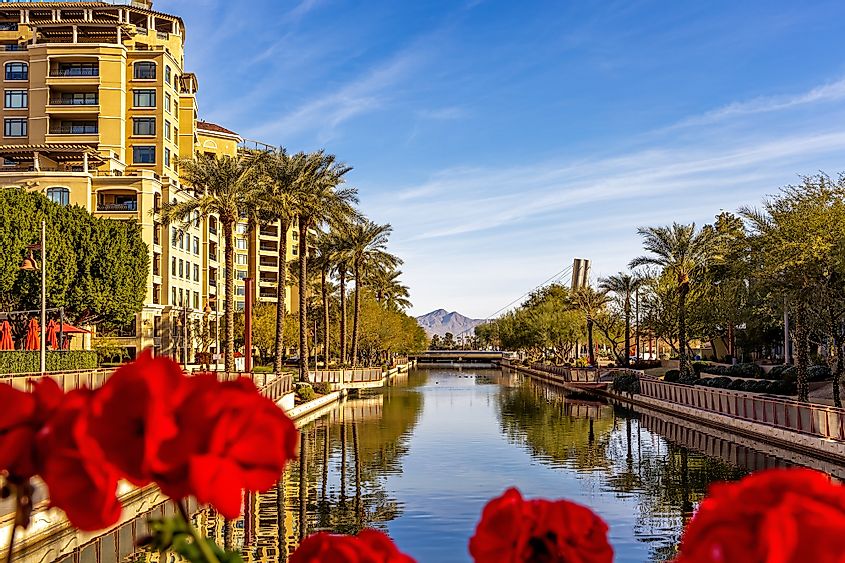
A look at today’s Scottsdale reveals a vibrant midwestern American town with big ambitions and plenty of pride. But it all began humbly at the end of the 19th century when one man decided to gamble on a piece of land in unincorporated territory of the United States.In 1888, United States Army Chaplain Winfield Scott first arrived at the Salt River Valley in Arizona territory. Phoenix had only been established as a city seven years prior, in 1881, and Scott put down a deposit of $3.50 an acre (or around $100 today) to purchase nearly 640 acres of land outside the city for farming purposes. This area would eventually bear his name and become known as Scottsdale.Officially named as such in 1894, Scottsdale became an incorporated city in 1951, with a then population of 2,000.
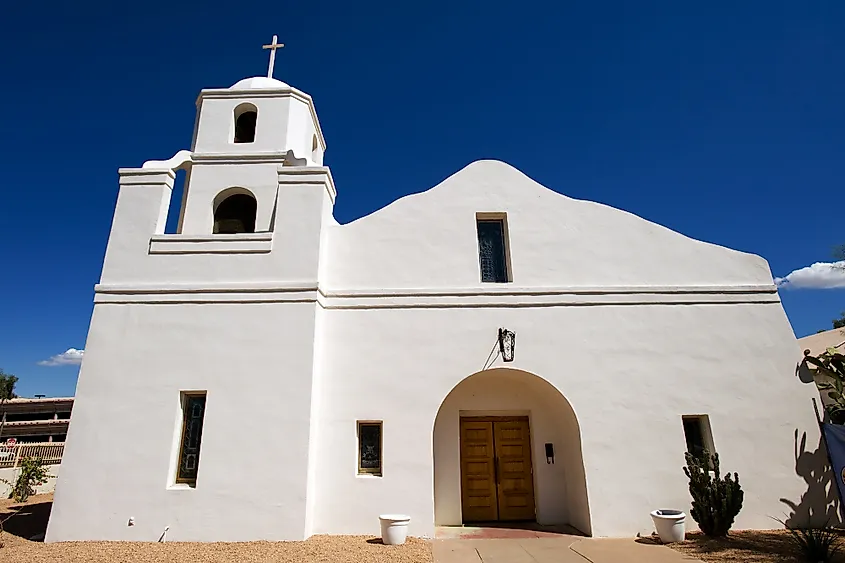
Winfield Scott and indeed many of the other early settlers were attracted by the location’s favorable climate, its beautiful scenery, unique desert location, and its relative remoteness compared to the nearby Phoenix. Of course, the remoteness or separation from the state capital is nonexistent in modern times, and Scottsdale exists as a bustling city, largely an extension of the Phoenix economy.In the late 19th century and turn of the 20th, however, Scottsdale was an agricultural community, and Winfield Scott, an avid man of letters, the arts, and cultural activities, encouraged migration to the community. Many settlers from the East and Midwest were also attracted by Scott’s promotion of the area as a place of untapped artistic potential.Among the first things established by Scott and these early settlers was the public school system in 1896.
The first one-room schoolhouse was constructed in September of that year (which remains today as a historic museum), while Winfield Scott personally planted a series of olive trees near the modern-day hospital. Some of those original trees remain today!During this time, sights like the Main Street Arts District and Old Town Scottsdale were built, gradually yet rapidly growing the town’s population and services. But before even schools or other buildings could be created, securing a reliable water source was essential. When Scott first purchased his land, he tapped water from the Salt River through the Arizona Canal, but it needed a larger reservoir to draw from as Scottsdale began its growth.Two dams, the Granite Reef and Roosevelt were completed in 1908 and 1911, respectively, transforming the Salt River Valley and boosting the populations of communities like Scottsdale.
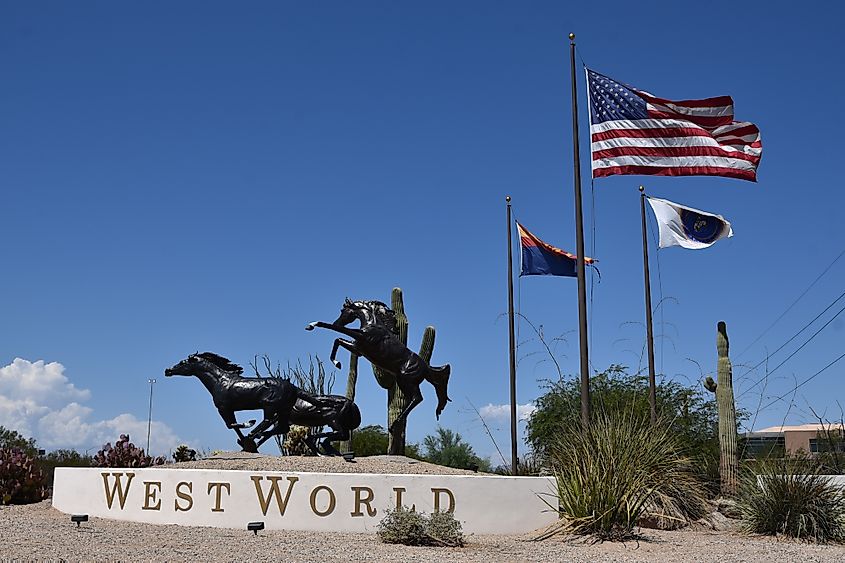
Winfield Scott died in 1910, but the farming and arts minded community he had humbly established two decades earlier would continue to live on. In 1912 Arizona was officially admitted as a state to the United States Union, maintaining its gradual growth. Ranching operations expanded rapidly in this period, and Scottsdale became known as a reliable small market town for the supply of farming industry goods. Boasting a small but proud local theatre and visual arts community, the promise of Scottsdale as a place for all was becoming consolidated, especially for those who still wanted a relative sense of tranquility compared to Phoenix.
By the immediate post-war period, Scottsdale had become a sizeable and well-rounded community and was incorporated as a town on June 25, 1951. Its official slogan was proclaimed as “The West’s Most Western Town.” From an initial population of 2,000, the town reached over 10,000 by the end of the 1950s and nearly 68,000 by 1969! Its land area also grew exponentially from just over 5 square miles in 1951 to 62 square miles twenty years later. Through the rest of the 20th century, an expanding Phoenix metropolitan area fed into Scottsdale, and by the year 2000, the now city had a recorded population of 200,000 people.Today Scottsdale still maintains its early ranching and arts heritage while also offering all the amenities of big city living; with its proximity to Phoenix, much of the capital’s influence and economic activity is closely tied to Scottsdale.
Visiting Scottsdale
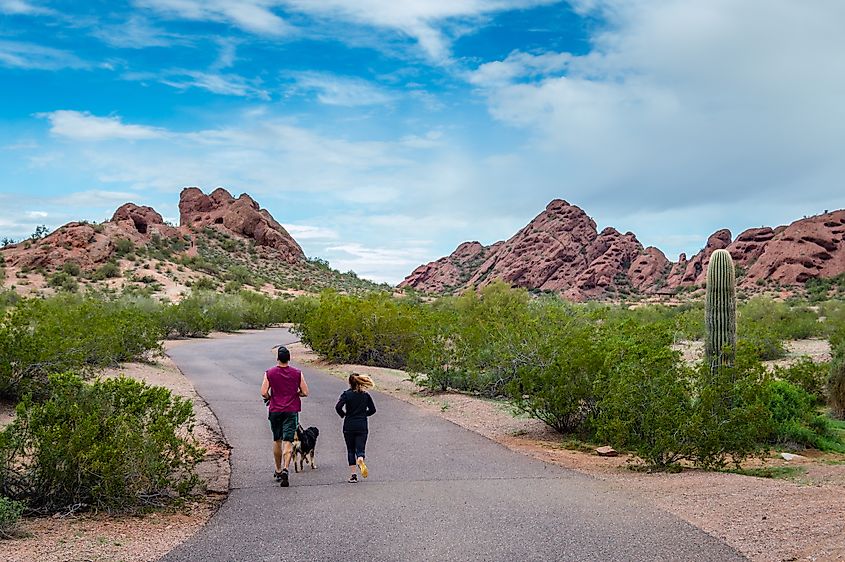
Six million tourists descend on Scottsdale and the Greater Phoenix Area every year. They enjoy the hot desert climate and a thriving mix of urban and rural life. Visitors can ride horses in the Arizona desert and then visit any of the many fine art museums in the city, providing quite a unique study in contrast.A lively gallery district and a plethora of bars, restaurants, and lounges make Scottsdale more than just a suburb but a great place to enjoy and relax.
Among the other events and attractions that define Scottsdale are the Phoenix Open Golf Tournament, Taliesin West (architect Frank Lloyd Wright’s winter home and studio), the McCormick-Stillman Railroad Park, the OdySea Aquarium, the Penske Racing Museum, Pinnacle Peak Park, and of course easy access to a bevy of hiking trails and desert canyon vistas. With this wide array of activities and sites, Scottsdale is a culturally rich and historic city that perfectly melds the beauty of nature with human ambition and achievement in the arts and sciences.
